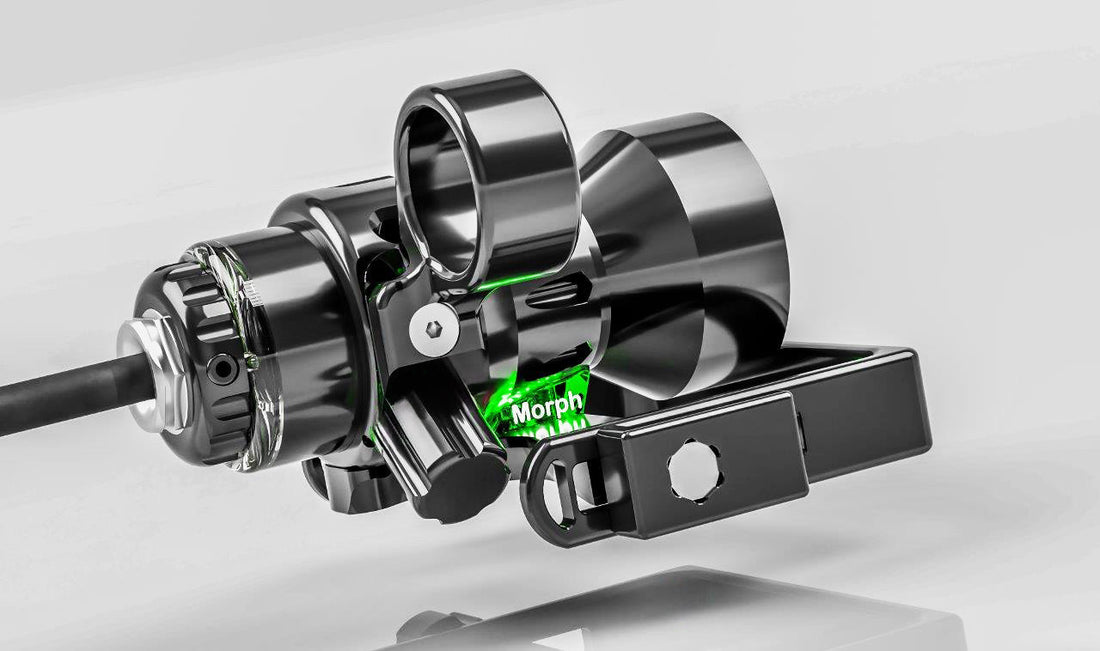
What is the brightest tank lamp in the world?
Share
The behavior of light rays when interacting with transparent materials such as glass is a central aspect of optics. In particular, when transmitted through glass, reflection, refraction and scattering occur, which significantly influence the intensity and efficiency of the light beam. These effects depend on the optical properties of the material, the geometry of the interfaces and the thickness of the glass.
1. Theory of scattering loss
When light hits a glass surface, reflection and transmission are described according to Fresnel's equations. With perpendicular incidence, about 4% of the incident light is reflected at each interface - this adds up in thicker glasses due to double interfaces. In addition, scattering from microscopic irregularities and material-related absorption increase the loss of light.
Another critical factor is the thickness of the glass. The thicker the glass, the higher the probability of absorption and scattering losses. The thickness d affects the light intensity according to the Lambert-Beer law, since the light is attenuated more as it passes through the material.
2. Geometric influences of a flat windscreen
The geometry of the glass plays a crucial role in light transmission. Flat front screens, as used in many technical applications, generate significant reflection and scattering losses. This is particularly relevant for protective screens with a thickness of up to 15 mm, as found in many competitors.
The double interfaces (glass-air and air-glass) lead to cumulative reflections that not only reduce the light output but also create scattered light that affects the precision of the beam. This effect is particularly pronounced in water-filled environments such as diving, as light is deflected even more when passing between media with different refractive indices (water-glass).
3. Example: Scattering loss in diving lamps with flat front glass
Dive lights are designed to provide high light output in extreme environments such as cave or wreck diving. Conventional designs often use flat protective screens up to 15 mm thick. This increased thickness leads to significant scattering losses as the likelihood of reflections, refraction and internal absorption effects increases.
For 15mm glass screens, up to 30% of the original light output can be lost. This affects both the intensity and the focusability of the light beam. This is a significant disadvantage for technical diving, where precision and maximum brightness are crucial.
4. The Oceanex test tube design: minimizing losses
Oceanex stands out with an innovative approach that uses a cylindrical glass cover made of high-quality borosilicate glass instead of flat protective panels up to 15 mm thick. This test tube design has a thickness of only 2.8 mm and offers numerous advantages:
- Reduced material thickness: The borosilicate glass wall, which is only 2.8 mm thick, significantly minimizes absorption and scattering losses. Compared to 15 mm glass, internal losses are drastically reduced, allowing more light to escape unhindered.
- Avoiding double interfaces: The cylindrical shape of the test tube eliminates the typical light reflection at parallel interfaces. The light penetrates the glass at an optimized angle, which means that the intensity of the light beam is almost completely preserved.
- Homogeneous light distribution: The symmetrical shape of the test tube ensures even dispersion of the light energy, creating a focused and precise light cone.
- Optimized for underwater conditions: The borosilicate glass is extremely resistant to pressure and temperature fluctuations. In addition, the light output remains consistently high even under demanding conditions.
Why are Oceanex Tec dive lights so bright and efficient?
Oceanex's innovative test tube design makes the tank lamps one of the most powerful solutions for technical divers. Thanks to the borosilicate glass cover that is only 2.8 mm thick and the reduction of reflection and scattering losses, the lamp achieves an incomparable brightness. While conventional diving lamps with 15 mm thick protective screens lose up to 30% of their light output, Oceanex impresses with almost loss-free light transmission.
For technical divers operating in extreme conditions such as cave or wreck diving, a reliable light source is crucial. Oceanex dive lamps offer a unique combination of maximum light intensity, precision and energy efficiency. They set a new standard for demanding applications where safety and visibility are top priorities.
Conclusion: The brightest diving lights for technical divers
With its tank lamps, Oceanex has developed a solution that is specifically tailored to the needs of technical divers. The combination of innovative technology, high-quality borosilicate glass and German engineering makes these lamps an indispensable companion for cave, wreck and deep divers. If you are looking for the brightest and most efficient diving lamp, Oceanex is the answer.



